Peat as fertilizer: purpose and application features
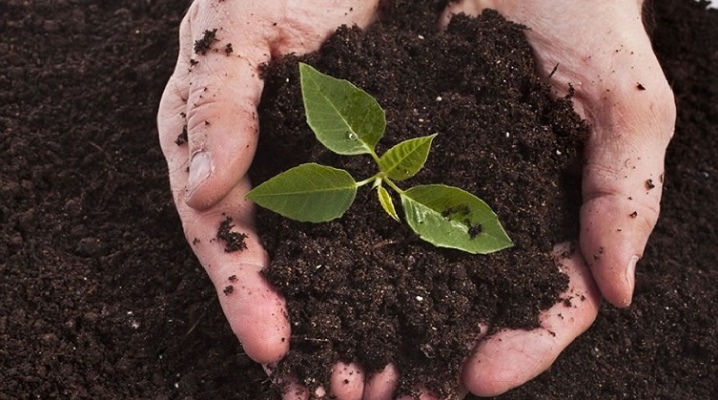
In the field of agriculture, many different substances are used that can improve the condition of the soil when growing various plants. One of the most popular is peat.
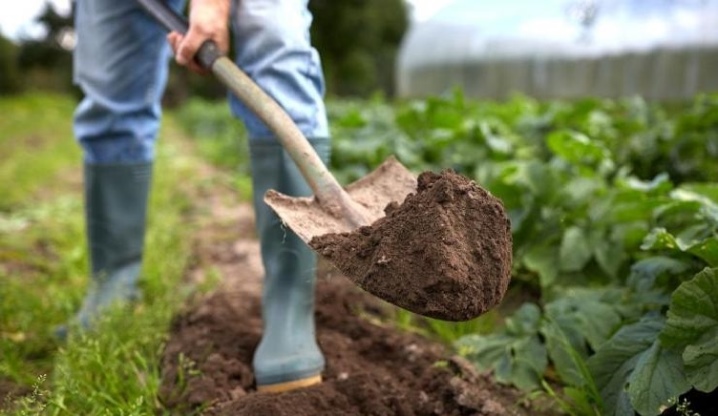
Properties and composition
It consists of organic remains of various plants, including roots, stems, trunks, as well as the remains of insects, animals, birds. Peat is mainly found in swampy areas, where there is a large abundance of water, so fertilization is deposited in layers. In this way, deposits are formed. They contain a high amount of hydrogen ions. The acidity of the fertilizer rarely drops below 5.5.
Different types of peat are intended for specific plants. For example, decorative flowers need acidic soil: hydrangeas, heather.
Honeysuckle, raspberries, and blueberries also take this fertilizer well. Soil with high acidity is needed for pine trees.

As for vegetable crops, neutral soil with a low alkali content is most suitable for them. Before choosing a type of peat, liming is necessary. First of all, the pH of the fertilizer is measured, this is necessary in order to get the acidity of the desired indicator. It is important to decide which crops will be planted and fertilized. The amount of lime must be calculated correctly, the same applies to chalk, dolomite flour.
The structure of peat is fibrous and porous, even large fragments of it have micropores... Due to this, oxygen easily passes deep inside during mixing with the earth. It also allows you to store moisture, which is absorbed like a sponge, after which it is gradually released by peat.
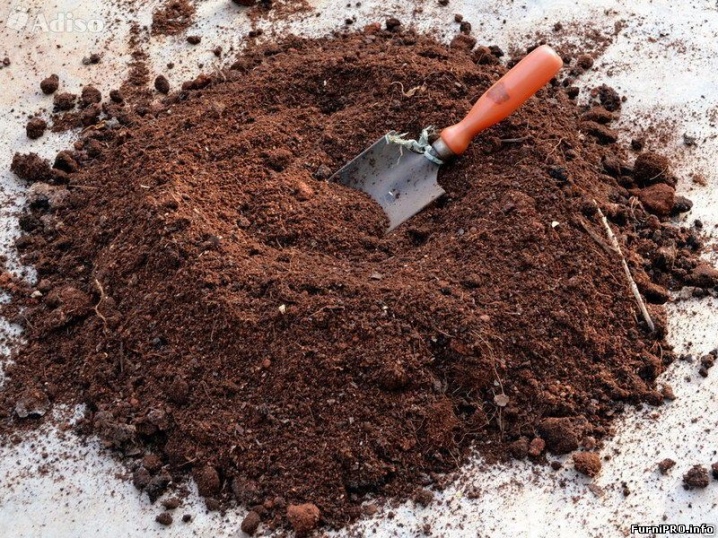
Benefits for greenhouse structures
Greenhouse conditions are great for planting vegetables. However, in such places, weeds are quite common. One of the main advantages of using peat is that it does not carry the larvae and eggs of insect pests, the same applies to weed seeds.
Peat is considered an excellent antiseptic that prevents negative microflora from multiplying and developing. Therefore, the percentage of fertilizer in the soil reaches eighty.
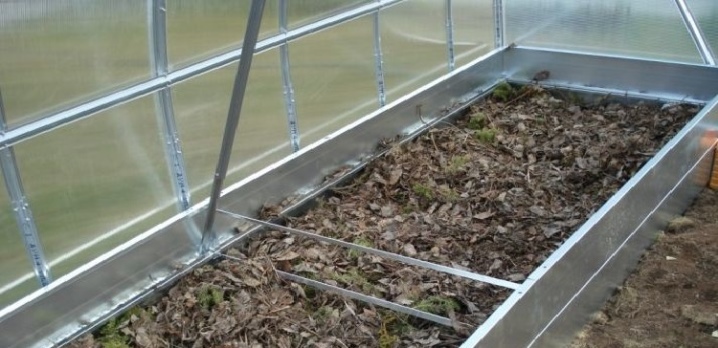
Use in the garden
For use in the garden the fertilizer is kept in a separate soil for a couple of weeks, while it is necessary to carefully shovel the composition... As soon as lime is added, it is necessary to scatter over the area or at the roots of trees, mixing with earth. The soil will be loose, so moisture must be maintained regularly. This will secure the site, because peat is flammable if there is not enough water in it.
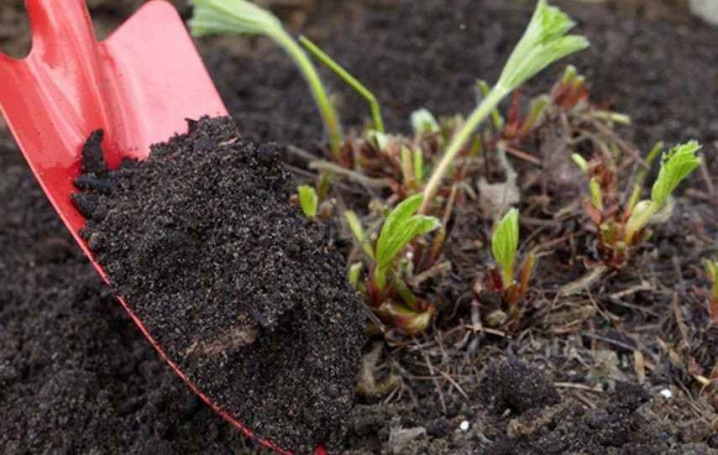
For flowers
Peat allows you to deliver oxygen to the roots in order to create the necessary looseness of the soil and saturate it with moisture... Thus, the plant will quickly adapt after transplanting into normal soil outdoors.
Peat can be used as a top dressing, where minerals and phosphorus agents are added.
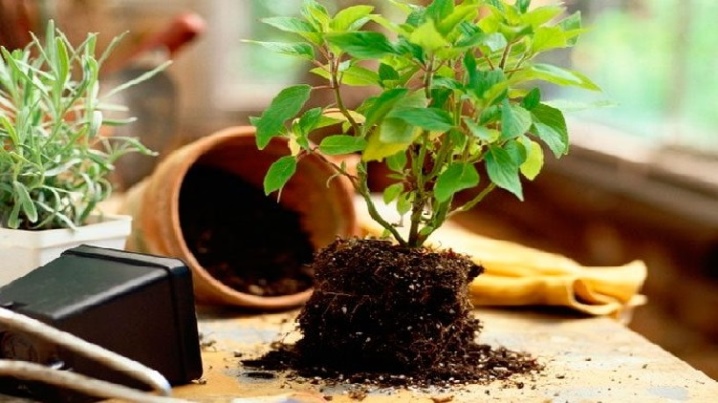
For the vegetable garden
It is not necessary to use compost - there will be enough clay, sand and peat, which are applied in handfuls to the bottom of the hole. Thanks to fertilization, the mass of berries increases, and the taste improves if these are fruit and berry crops. The mixture is used in autumn or spring, the substance is capable of retaining useful properties for the next year. For tomato seedlings, top dressing is needed every two weeks.You can grow the seeds of the latter in tablets from fertilizer, then simply plant them in a greenhouse or in a vegetable garden.
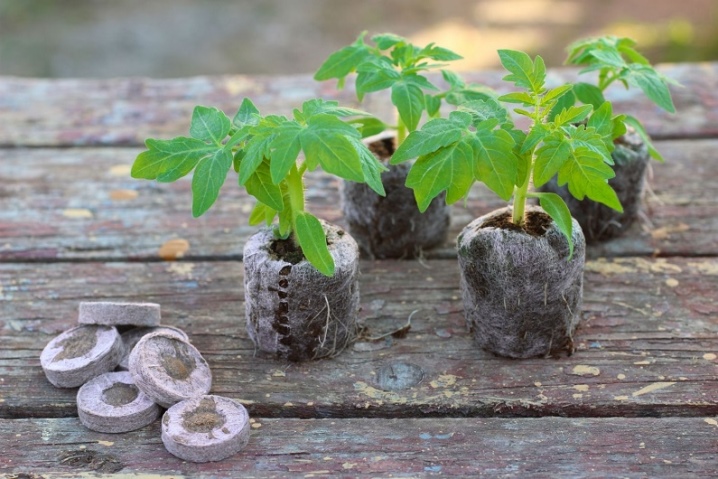
Beneficial features
Thanks to the use of peat, it is possible increase yields, improve soil fertility, open pores so that water can easily penetrate into the depths. Fertilizer has antiseptic properties, capable of destroying microorganisms and fungi that damage the crop. If you choose the right type of product, you can increase the acidity of the soil.
During the winter period, the roots of the plants are perfectly warmed thanks to the peat coating.
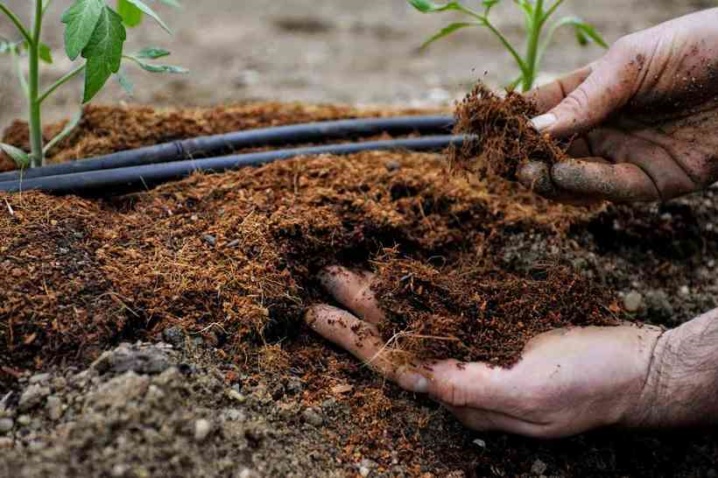
Harm
If use too much substance, the plants may die. The use of fertilizer for soils with high acidity can lead to stopping the development of certain cultures... Peat will not benefit loose earth, the same applies to fertile soil, because it does not need auxiliary substances, which means that fertilizer will be wasted.
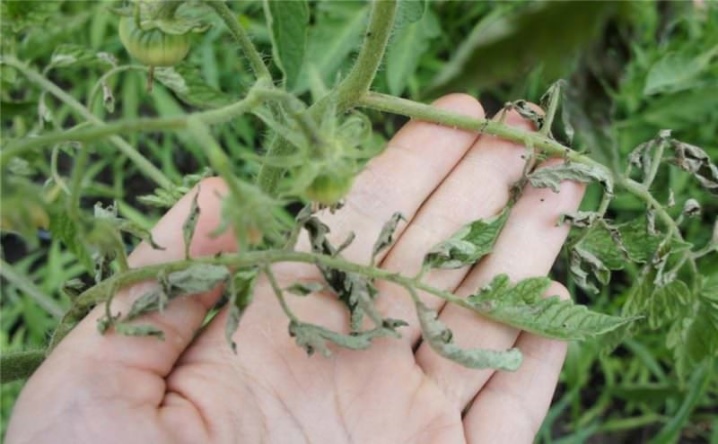
Views
There are several varieties of peat, each of which has its own characteristics, advantages, and purpose.
Lowland
The place of formation is swamps, where wood particles, reeds, moss and reeds rot. Such peat is black and contains a large amount of minerals. The pH level is medium and suitable for use on soils where there is a lot of clay or sand. Humic acid is abundant, peat perfectly absorbs moisture, so it can roll and silt. Ventilate for a long time before use.
This type of fertilizer is ideal for vegetable gardens, does not need composting. About 30 liters are consumed per square meter. It is necessary to apply for young sprouts of seedlings.
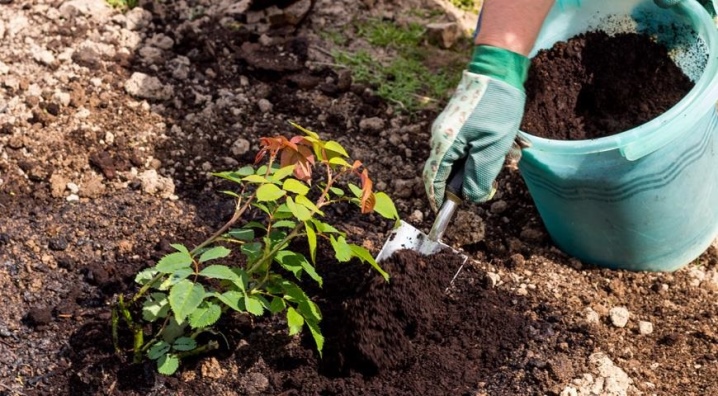
Horse
The composition contains wild rosemary, plants, moss, which are unpretentious in nutrition. Possesses porosity, which indicates moisture retention. The fibrous structure allows it to retain minerals and provide thermal insulation in the soil. The acidity level is strong, so it is important to compost before placing in the ground. Such peat is often used to fertilize flowers and fruit and berry plants. For greenhouses and greenhouses, fertilizer is used when sowing greens and vegetables, where it acts as the main material.
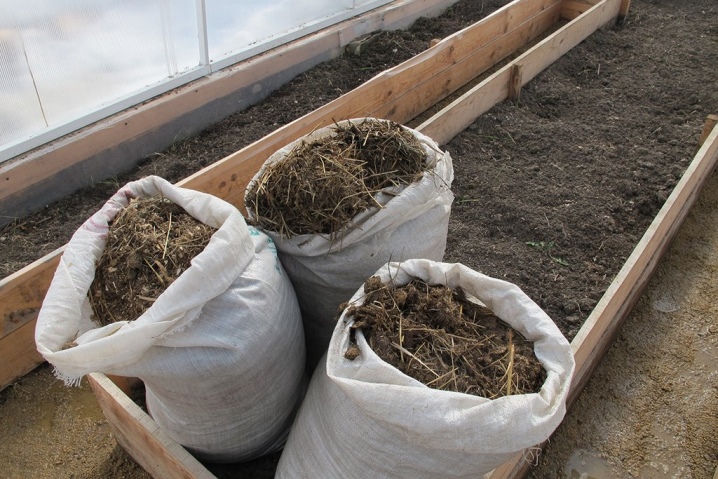
Transition
It is a mixture of upland and lowland species, with some species of moss, wild rosemary and sedge.
This is the best option for composting.

Neutralized
As for neutralized peat, it is a riding subspecies. It is used in the preparation of the substrate, it minimizes acidity. To make greenhouse soil or soil for indoor plants, you can safely take such fertilizer.
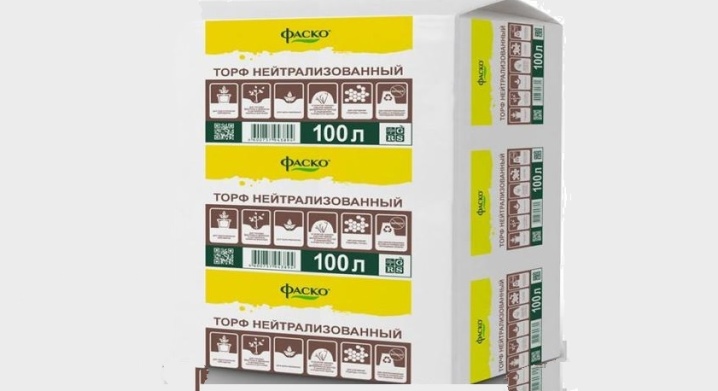
For which plants is it suitable?
Peat can be called one of the universal types of fertilizers, which is offered in several versions, which allows you to choose the right one for planting certain plants. In some cases, the use of this tool is basic... These include hydrangea, blueberries, potatoes, raspberries, strawberries, tomatoes, roses, which cannot do without peat. If you want to get a good harvest, you need to better study the fertilizer and apply it correctly in order to achieve the result.
Indoor plants also need additional agents that saturate the soil with oxygen, retain moisture and provide minerals.

Application features
To use fertilizer correctly, you need to decide what crops and plants you want to plant. There are different ways to prepare soil, so it is important to follow the rules.
When it comes to lowland and transitional peat, ¼ part of the raw material is mixed with the same amount of soil. It is necessary to add 5% ash, sawdust and manure. Everything is mixed until smooth and distributed over the site. This can be done both before and after planting - in any case, the fertilizer will perfectly nourish the soil.
Peat compost excellent for saturating the soil with minerals and oxygen. For 1 ton of peat there is up to 50 kg of lime; wood ash can be used. During composting, nitrogen will be released and converted into a form suitable for plant development. The term is six months, but the compost will only get better if it is kept longer. Before you start using peat, you need to do certain manipulations. Fertilizer needs aeration so that substances that can negatively affect plants are not aggressive.
It is important to control the moisture content so that it is half. If the level falls, then the soil fertilized with peat will harm the plants and stop their development.
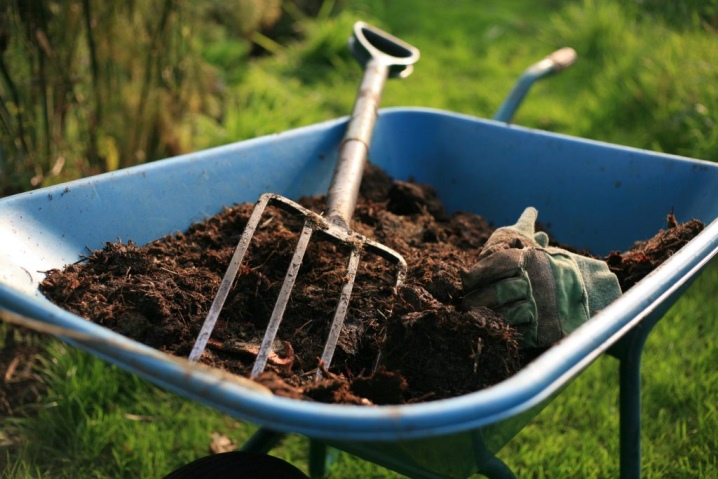
Fertile lands do not need auxiliary substances, so if the soil in your garden is excellent, then you don't have to worry about anything. But in cases when the soil is depleted, sandy and contains a lot of clay, the presence of peat will improve conditions... There will be no immediate reaction from the fertilizer, it gives off beneficial properties for two, and sometimes three years. From the second year, the effect is noticeable, so you will need to be patient and not give up, as the result will be positive.
Peat for conifers must be mixed with earthen mixtures until smooth. The ingredients of the substrate will be sand, pine butcher, our fertilizer and garden soil. The components are combined together, the result is a loose mass with medium acidity, and this is enough for a coniferous tree.
Many garden plants need to be protected from cold temperatures.... That is why sensitive species of shrubs and trees need to be sheltered for the winter. They are insulated using the same peat.
Fertilizer must be scattered around the plant, forming a slide, then the root system will be reliably protected from frost in the country and in the garden.
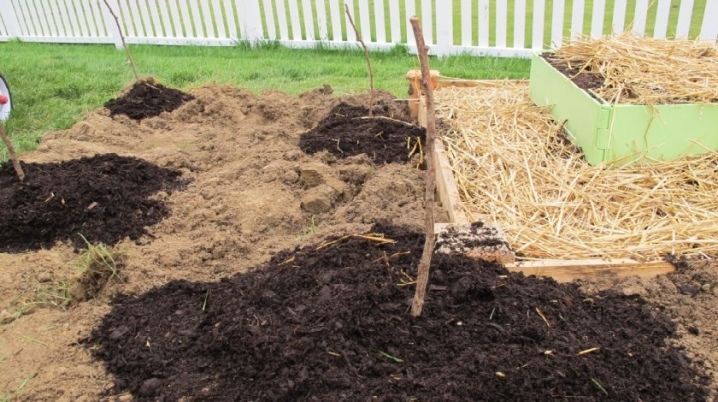
conclusions
If you correctly apply fertilizer in the form of peat, the soil will improve significantly, which will be reflected in its granularity. The soil will allow oxygen to pass through, easily absorb moisture and be able to retain it, which is no less important. It is safe to say that without fertilizers it is impossible to get a good harvest if the land is not rich in minerals. To make your own garden or vegetable garden pleasing to the eye every year, you need to study this area and learn about all the options for improving the condition of the soil, if it needs it. Beforehand, you can consult with experienced specialists, listen to their recommendations. The use of fertilizers will be of great benefit, the main thing is to prepare the mixture in the right proportions and follow the rules.
What peat is for is described in the next video.













The comment was sent successfully.